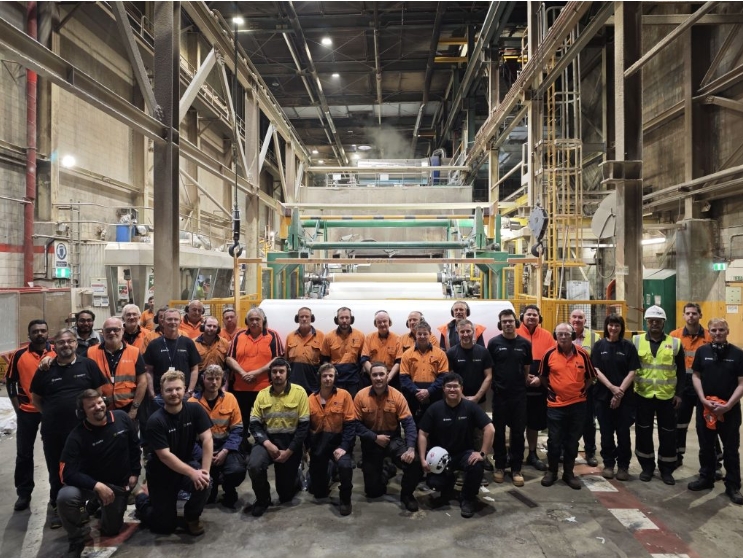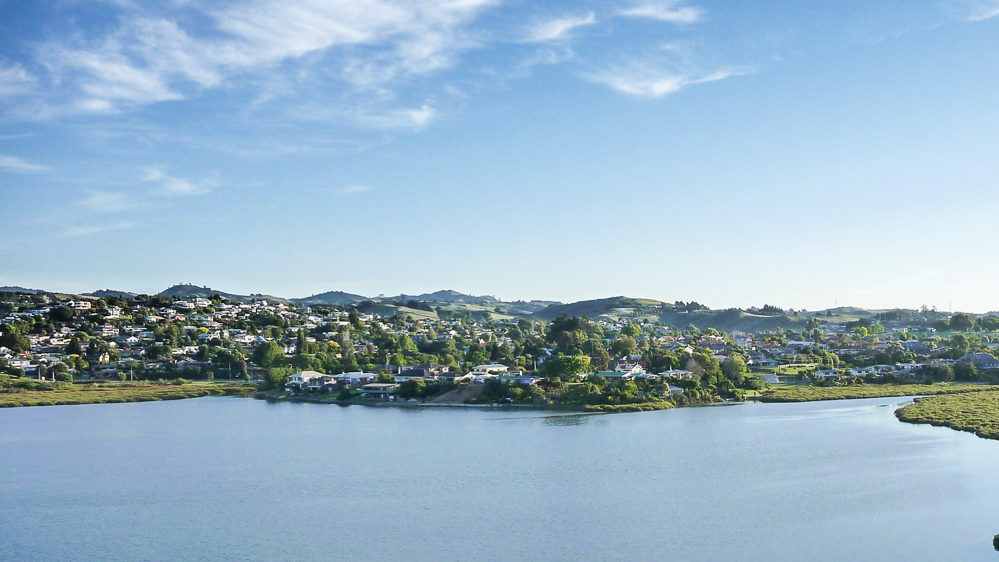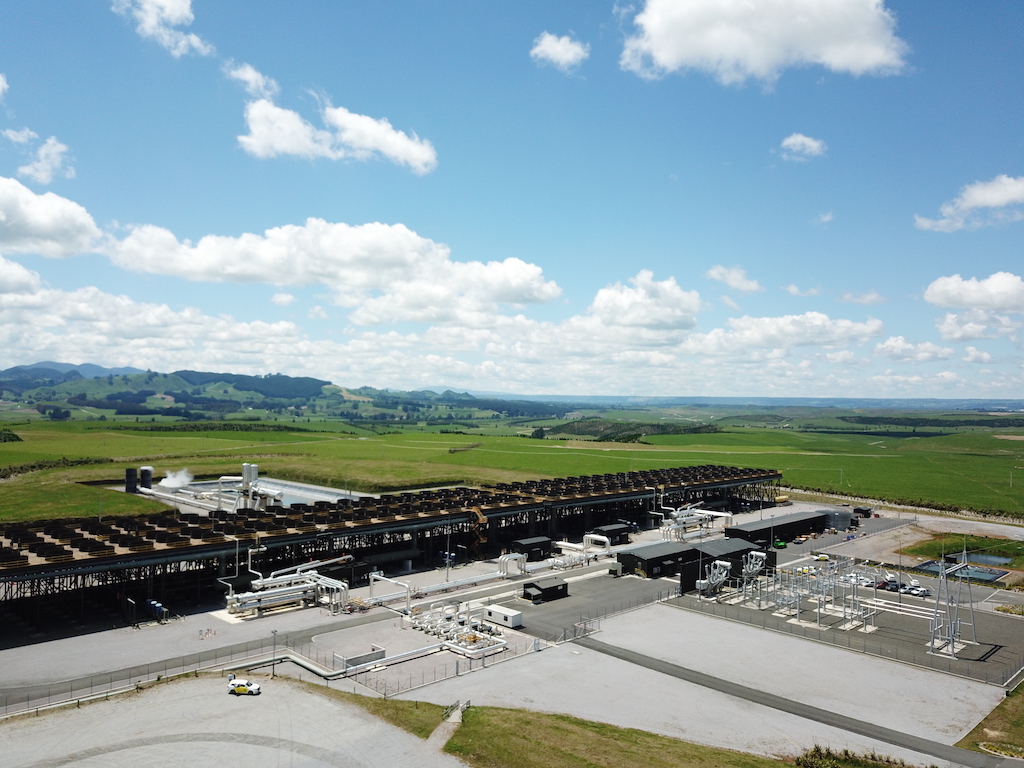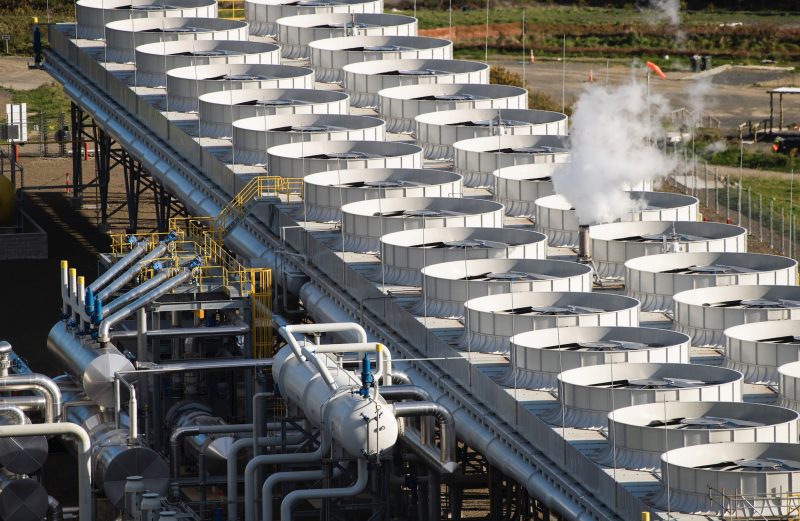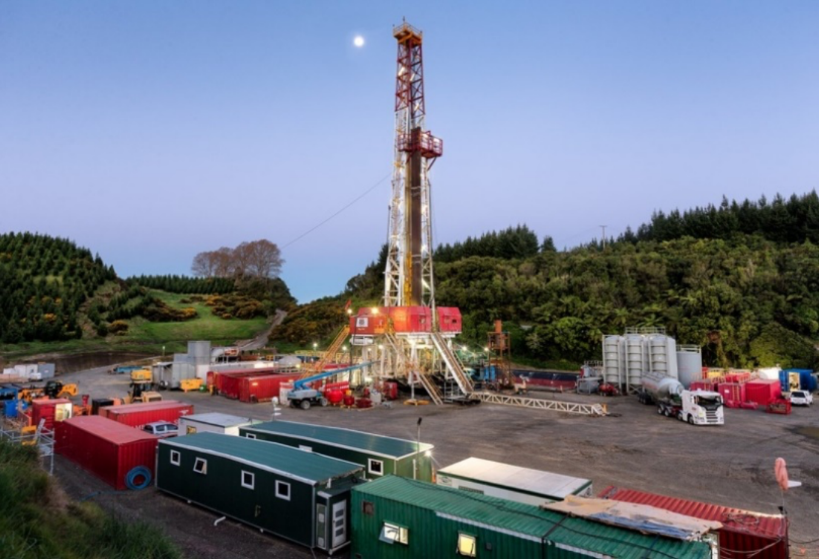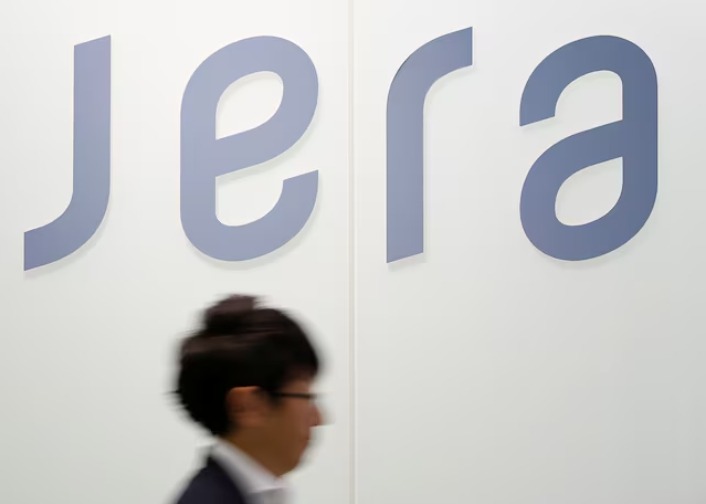
The utility, along with heavy machinery maker IHI (7013.T), opens new tab, started the test at a 1-gigawatt (GW) unit on April 1, in what it said was the world's first trial using a large amount of the gas at a major commercial plant.
JERA said results were positive, confirming that nitrogen oxides levels were no higher than when firing coal alone, sulphur oxides were reduced by 20%, and generation of nitrous oxide, which has a strong greenhouse effect, was below the detection threshold.
The company, jointly-owned by Tokyo Electric Power (9501.T), opens new tab and Chubu Electric Power (9502.T), opens new tab, also confirmed that operability was comparable to when firing coal alone, it said.
Based on the results, JERA will begin construction in July to enable commercial operation using large-volume fuel ammonia substitution at Hekinan power station.
JERA will thoroughly evaluate the recent test's impact on the boiler and peripheral equipment, aiming to establish technologies for wider use of ammonia as fuel in thermal power generation by March 2025.
Ammonia, a toxic gas primarily produced from hydrogen derived from natural gas and nitrogen extracted from the air, does not emit carbon dioxide when burned.
It is principally used as a raw material for fertiliser and chemicals, but it can also serve as a low-carbon fuel in power generation and marine bunker operations.
Japan aims to expand ammonia co-firing to reduce the climate impact of its power plants running on coal - the fossil fuel with the highest CO2 emissions.
However, some environmentalists criticize the plan for potentially extending the lifespan of coal-fired power plants.
Energy analysts BloombergNEF have said ammonia-coal co-firing is too expensive for widespread use in Japan's power sector and that a coal plant running on up to 50% ammonia would still emit more CO2 than a gas plant.
